"So, should we be expecting a prolonged period of rain?” asked a neighbor as I clamped the final plank onto the Welsford Penguin taking shape in my garage. The reference to Noah’s Ark had been made rather frequently as I carefully built my 21′ sloop, STELLA MARIS. The deluge was not imminent, as I took my time over 10 years to complete the boat. However, the comparison to the ark is not entirely misplaced.John Welsford designed this trailer-yacht to be a roomy and comfortable cruiser with aesthetic appeal and excellent seakeeping ability. A curvaceous design, there’s hardly a straight line to be found from the rockered bottom to the striking sheer and the curved cabin roof. The gaff rig elicits images from a bygone era, but there is nothing old-fashioned about the Penguin. Plywood-on-frame construction with fiberglass sheathing results in an extremely strong yet relatively light structure. The interior layout is exceptional for a boat of this size, with a queen-sized berth in the forward compartment, ample storage, a head with privacy, a galley, comfortable seating in the main cabin that can sleep another two sailors, and even more storage space. So while it is not quite an Ark of Noah’s dimensions, it is pretty impressive for a 21-footer. The centerboard trunk can be used to support a drop-leaf table. Builders opting for the leeboard or bilge-keel versions of the Penguin can omit the trunk to open up the cabin space.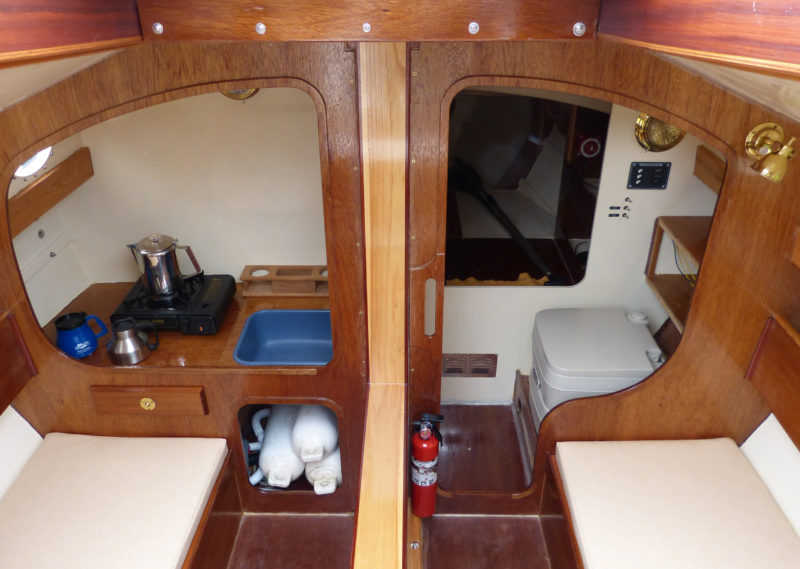 Jonas Abromaitis
Jonas Abromaitis
Join The Conversation
We welcome your comments about this article. If you’d like to include a photo or a video with your comment, please email the file or link.
Comments (2)
Comments are closed.

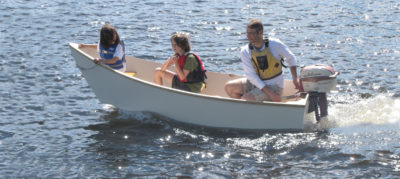
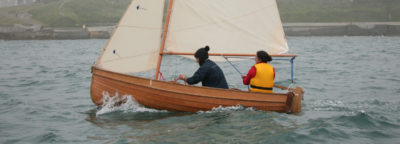
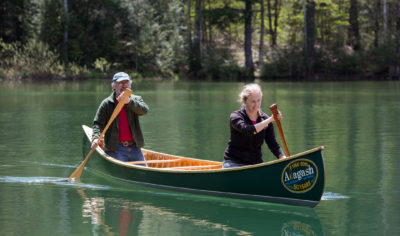
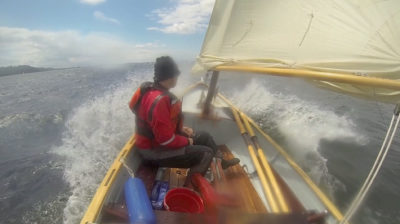
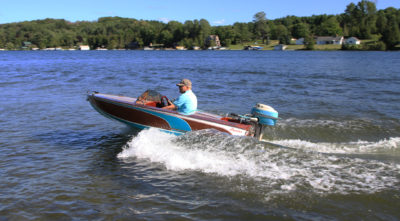
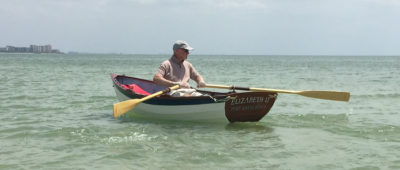
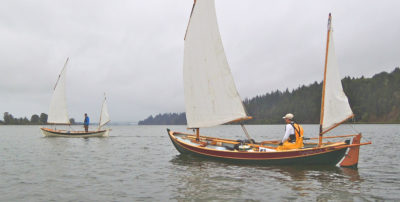
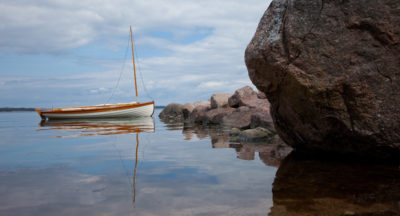
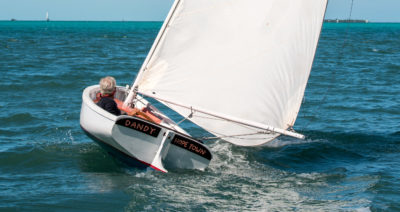
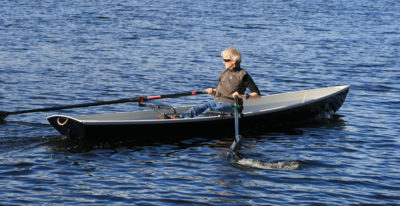
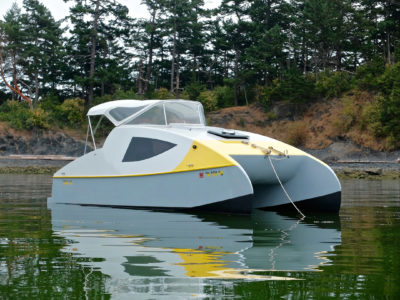
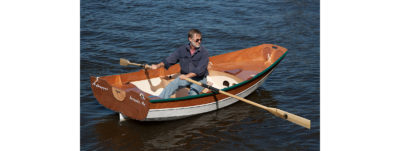
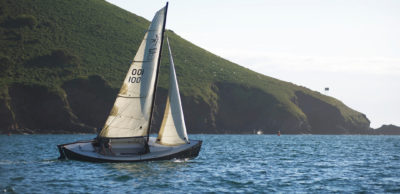
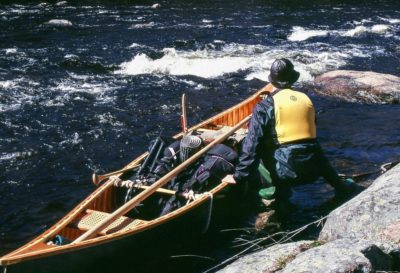
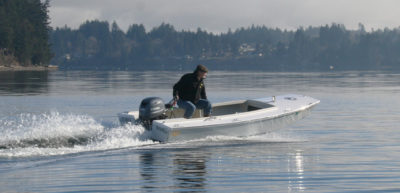
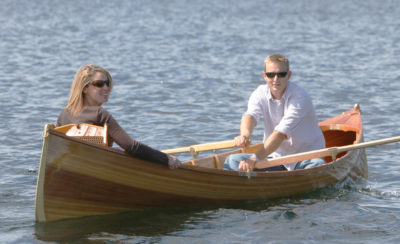
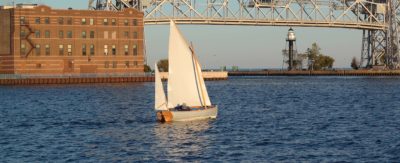
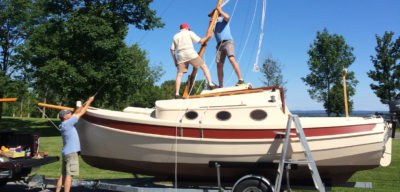
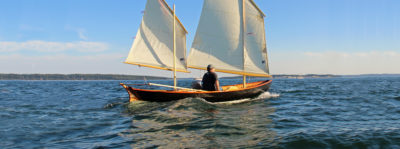
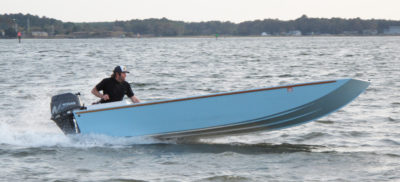
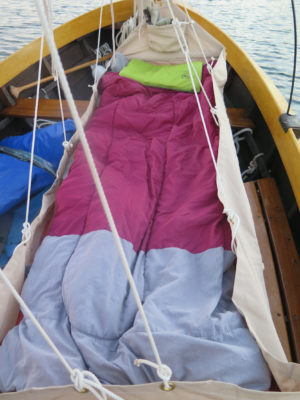
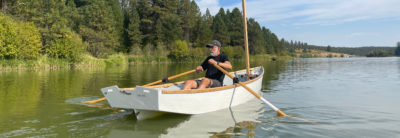
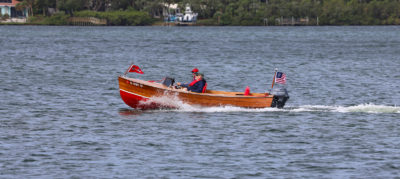
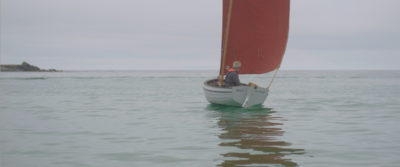
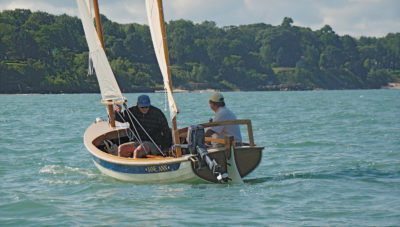
I was shocked to hear that Jonas was selling the boat he just recently completed; at least I was until I realized his motivation is the next boat. Now I understand. I too am a Penguin builder and sailor—mine is TENACIOUS completed in 2011. It is indeed a delight to sail and a very comfortable boat to be on. It is a great fun to load up with grandkids and head off for the weekend. I wish I could do so more often. I have just moved mine from northern Idaho to Puget Sound. I am looking forward to years of exploration on a very well designed boat.
Your boat is beautiful!